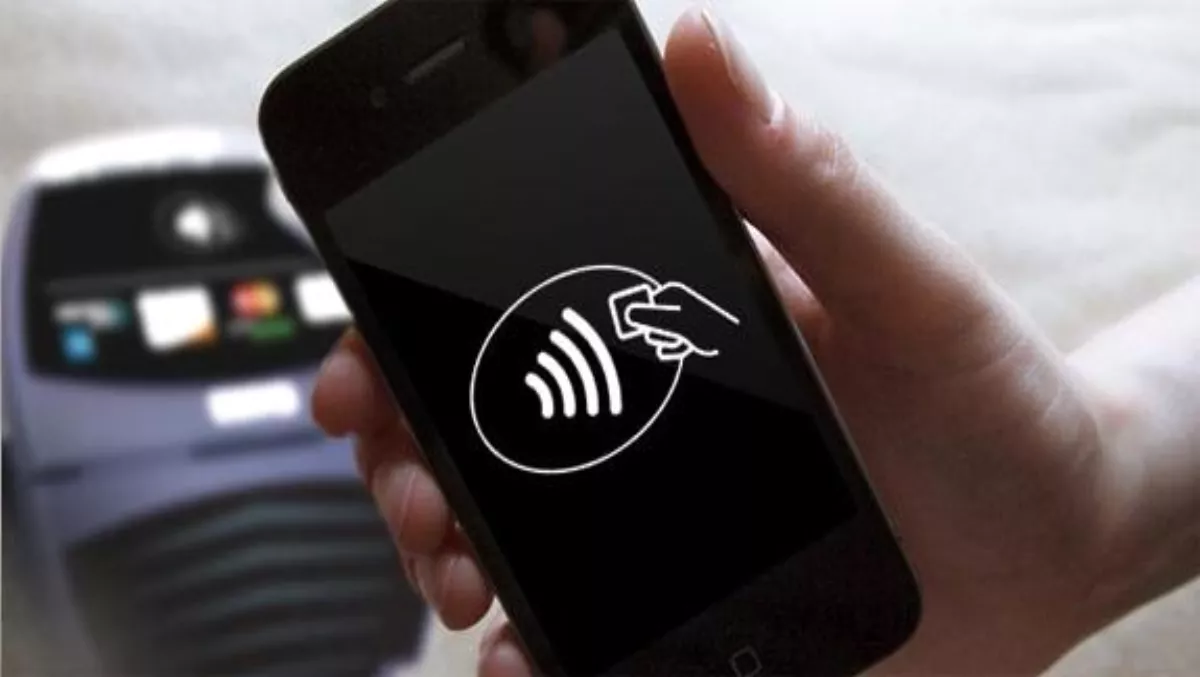
Innovation and disruption ahead for mobile payments market
Ovum expects continued technology and service innovation, notably around location-based applications, in the mobile payments space in 2014.
However, there will be increasing complexity within the mobile payments ecosystem this year, and on-going challenges around the business model for digital wallet services.
According to the global analyst firm’s forthcoming “2014 Trends to Watch” report there are outstanding issues in most mature markets linked to low consumer uptake and usage of m-payment and digital wallet services.
Consumers will lean most towards services associated with financial brands. This is supported by Ovum’s Consumer Insights Survey, which reveals that 43% of respondents chose banks as their most trusted m-payments service provider, followed by credit card companies (13%), online payment providers (9%) and then mobile operators (6%).
“Overall revenue growth for mobile payments in 2014 will be slow and steady rather than spectacular, at least in mature markets," says Eden Zoller, principal analyst with Ovum’s Consumer Practice.
"The different dynamics at work in emerging markets will make for stronger growth among unbanked users. We expect to see much consolidation in the digital wallets space in 2014.
"There has been an explosion in digital wallet launches over the last two years and this is not sustainable going forward. Consumers will not adopt multiple digital wallets and instead will focus their loyalty and spending with one or possibly two services.
"The best positioned will be those associated with the financial brands that consumers trust most and are familiar with. It is digital wallets of this kind that have the best chance of achieving scale, and also attracting the advertising dollars that are needed to bolster the business model”.

Key predictions:
• 2014 will not be the year that near-field communication (NFC) takes off - and neither will 2015. A growing number of alternative enabling technologies are readily available, and at lower cost to merchants and consumers.
• There is a chance that hosted card emulation (HCE) could help the case for NFC during 2014. HCE provides a cloud-based model for NFC that makes service provisioning much easier for issuers, developers, and other third parties. This has the potential to open the NFC market to more innovation and competition. However, this will happen only if the card schemes get behind HCE and security concerns are addressed.
• Bluetooth low energy (BLE) will come to the fore, bringing with it a proliferation in BLE beacon payment services and hyper-location retail applications. However, there is a danger that BLE beacon applications will be subject to hype that inflates what these types of application can deliver while obscuring their limitations.
• Location-based advertising will be a priority focus in 2014, but many service providers underestimate the challenges involved. Location-based advertising is rightly seen as promising because of the tangible benefits it offers to both retailers and consumers, but it is complex, and will become more so as location techniques and sources of data proliferate. At the same time, push-based location advertising has the potential to be very intrusive if not accurately targeted, and the need for precise targeting raises sensitive issues relating to data privacy.
• Although the mPOS market is here to stay, consolidation in this increasingly crowded, commoditized area is inevitable and will begin in earnest during 2014. Going forward, mPOS providers will need to achieve scale; this means addressing larger enterprises, where they will have to compete with traditional POS vendors. This will be particularly difficult for smaller mPOS providers - the weaker ones will disappear, and the more promising will be acquired.
• There will be a sharp rise in tablet-based mobile commerce in during 2014 and beyond. Consumer adoption of tablets is growing quickly, and their large screen size and enhanced graphics mean that they are better suited than smartphones to displaying and appreciating visual merchandise. As prefigured in the Ovum IAB survey of US brands, 2014 will also see more advertising spend on tablets: 75% of respondents said that they expect to see their use of tablets increase during 2014 and 2015.
• Over the last few years Apple has been putting in place the pieces that in 2014 will see it finally launch a fully-fledged, unified mobile payments platform. This will have a positive impact on consumer uptake and use of m-payments, but may have a negative impact on other players hoping to gain market dominance in the space.
• Amazon’s big ambitions for mobile, and its reported acquisition of GoPago’s mPOS technology, mean it will finish 2014 with a wider and deeper portfolio of m-payment services.

